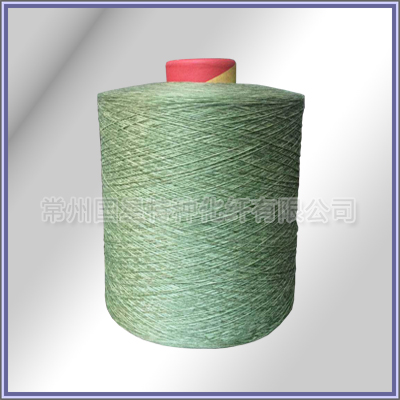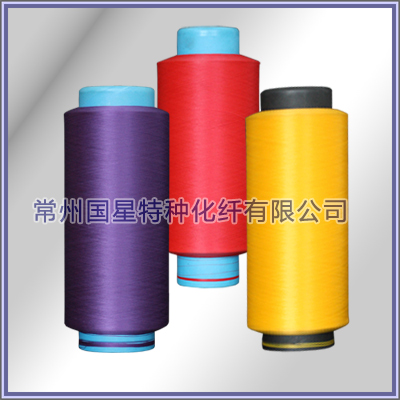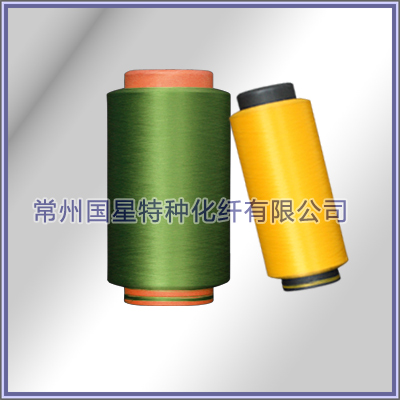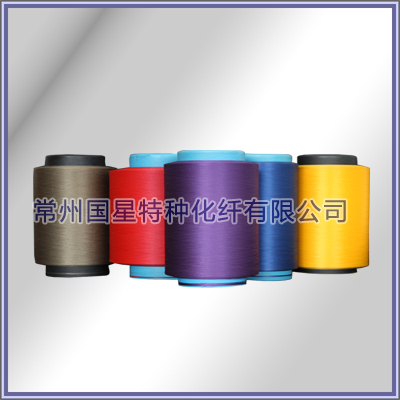Basic Situation of Economic Operation of Textile Industry
First, production growth is flat
Since 2017, China's textile industry production growth is more stable. According to the National Bureau of Statistics data, this year China's textile industry above designated size industrial added value increased by 5.1%, cloth, clothing and chemical fiber production increased by 3.92%, 2.13%, 4.80%.
Second, exports to maintain growth
By the international market demand has improved and other factors, this year China's textile and garment exports have improved significantly over the previous year. According to China's customs data show that in 2017 from January to August, China's textile and garment exports amounted to 175.469 billion US dollars, an increase of 0.8%. Among them, China's textile exports 72.101 billion US dollars, an increase of 2.0%; clothing exports 103.368 billion US dollars, an increase of 0.01%. Overall, the growth of China's textile and apparel exports continue to maintain the momentum.
Third, the domestic market continues to pick up
This year, domestic residents' income growth has accelerated over the same period last year, supporting the domestic consumption growth. 2017 from January to August, the national limit of clothing and footwear more than 93.13 billion yuan of textile retail sales, an increase of 7.3%, the growth rate over the same period last year increased by 0.1 percentage points, while this year's retail sales growth also maintained growth Trend; the same period, the national online retail sales of goods grew by 19.6% year on year growth of 2.7 percentage points over the same period last year.
Fourth, investment growth slowed down
The fixed assets investment in the textile industry continued to slow down. 2017 from January to August, the textile industry-wide investment in the amount of 842.564 billion yuan, an increase of 6.95%, compared with 2016 annual investment growth rate of 7.77%, down 0.82 percentage points. From the investment regional structure, the eastern region, the western region investment growth were 7.81% and 8.40%, were higher than the industry average. From the investment industry structure, chemical fiber and industrial industry investment growth are faster, the growth rate was 19.76% and 21.90%, higher than the industry average growth rate.
Fifth, the quality of performance was stable
Stable running quality, the main business income and total profit growth faster. 2017 from January to July, above-scale textile enterprises to achieve the main business income of 4319.38 billion yuan, an increase of 9.1%, growth over the same period last year increased by 3.6 percentage points. From the internal industry structure, since 2017, China's textile industry chain, the chemical fiber on the industry's new profit contribution is particularly prominent. The textile machinery industry to achieve profit growth of 23.02% of the high-speed level, showing the textile industry chain has been warmer, the equipment, technical updates and other aspects of the demand has improved.
The main problems facing the textile industry
First, the cost burden is heavier, cotton spread at home and abroad to expand
The cost burden of textile enterprises is still heavy. Fuel power costs, labor costs, raw material costs are gradually increasing, is China's textile industry is generally facing an important issue. Increased cost pressures are also caused by the enthusiasm of textile enterprises in domestic investment decline, some enterprises will be new investment to overseas important reason.
And into July and August, cotton prices at home and abroad to accelerate the expansion, in particular, the international cotton prices down, or will lead to further expansion of demand for imported cotton yarn, China's textile enterprises face greater competition in the international market pressure.
Second, the industry is facing increased environmental pressures
Zhejiang, Jiangsu and other southeast coastal 5 provinces more stringent sewage standards, many printing and dyeing factories are facing the risk of shutdown. Such as Zhejiang Jiaxing area due to Tai Pu River antimony exceeded, dyeing factory limited production 50%, Xiaoshan area in 2017 start off the transfer and merger and reorganization measures, 2021 area printing and dyeing enterprises will be reduced to 19; Jiangsu, Shandong requirements of the burning Fujian Province, due to the impact of the September Xiamen Golden Cricket Summit, environmental protection efforts to increase, Quanzhou, Shishi and other places more than dyeing factory production, shut down; Guangdong due to the closure of the coal mine, Environmental protection group stationed, to carry out a period of 9 months, 18 times the atmosphere and water pollution prevention and control special inspection, Shantou, Jieyang and other places more than dyed factory was investigated. Printing and dyeing links affected by environmental pressure, many companies limited production cut production, textile industry to become the bottleneck of the development process.
Third, the international market competition is still more intense
According to the US Customs statistics, 2017 from January to July, the United States imports of textiles and clothing from China 20.697 billion US dollars, accounting for the United States from the world's total imports of textiles and clothing 34.81%, accounting for a share of the same period last year fell 0.69 percentage points; according to EU Customs statistics In the period from January to June in 2017, the EU imported 17.36 billion euros of textile and clothing from China, accounting for 31.32% of the total textile and apparel imports from the EU. The share of the EU decreased by 0.43 percentage points from the same period of last year. According to the statistics of Japan Customs, In July, Japan imported textiles and clothing from China to 1309.966 billion yen, accounting for 59.83 percent of Japan's total imports of textiles and garments from the world, accounting for a percentage share lower than the same period last year. It can be seen that in the key international market, China's textile and garment exports are facing more intense market environment, competitive pressures are still large.
The development of textile industry to determine the situation
China's textile industry is still facing a complex external environment, the industry itself still need to resolve internal contradictions, accelerate the transformation and upgrading, and strive to achieve steady growth, improve the quality and efficiency of development.
Preliminary estimates, 2 textile industry is expected to maintain a smooth operation, the industry industrial added value increased by about 5.5% to 6%; main business income, total profit increased by about 8%; estimated exports in 2017 will maintain about 2% level of growth.

 +86-519-86266888
+86-519-86266888 gxhx888@126.com
gxhx888@126.com



